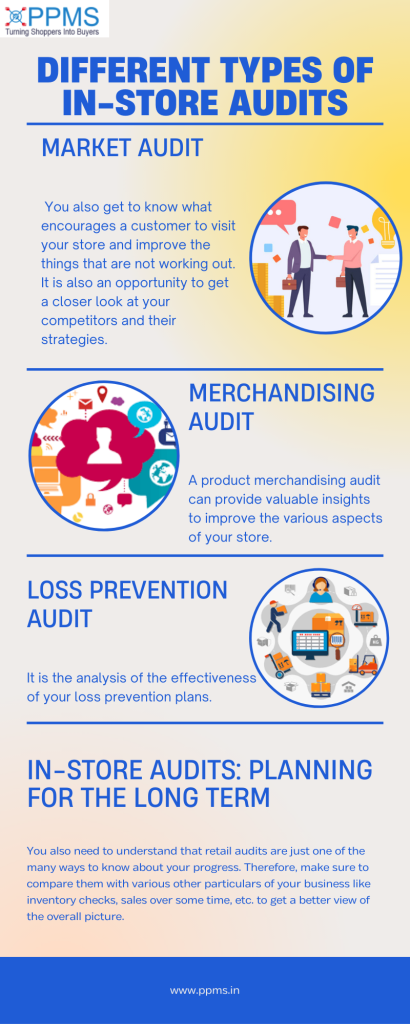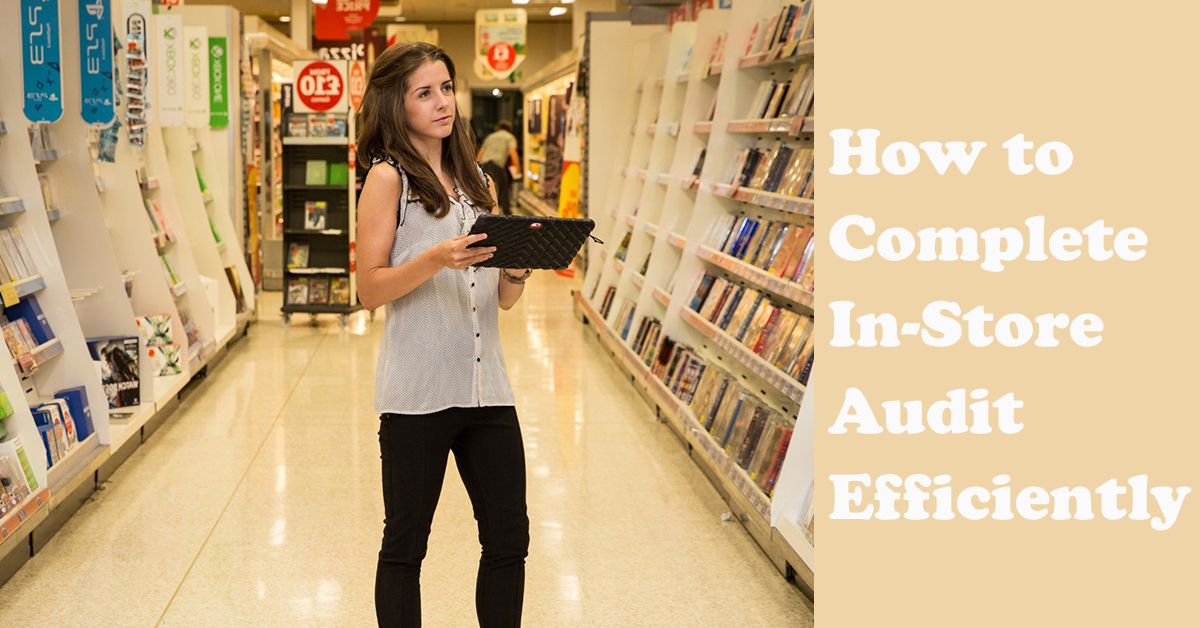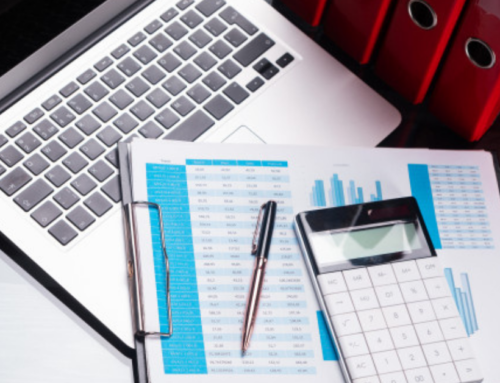Store audits are an excellent way to gain insights about a retail store and know if you’re presenting the best version of your store to the customers. From checking your displays and maintaining a record of your inventory to strategic product placement, a retail store audit helps you improve numerous aspects of your business.
What is an In-Store Audit?
Examining the success of your business through analysis of hard data is known as a store audit. The examiner will visit your store and jot down points about what’s appealing and what isn’t working well for your store.
Numerous businesses don’t pay much heed to store audits and instead calculate their success using the generated revenue as a metric for measurement. However, they are found to be unaware of the various issues that might be acting as a hindrance and keeping you from making much more profits.
Conducting a retail store audit would help you gain the following information:
- Sales
- Stock (both, on the shelves and in your inventory)
- Defective and/or damaged products
- Analysis of your window displays and store presentation
- Strategies being used by your competitors
- Comparison of your store to the planogram
- Pricing Strategy
- Location of products in your store
But before you get to the retail store audit, you first need to choose the type of audit that suits your objectives the best.
Different Types of In-Store Audits

This type of assessment requires you to get closer to the customer and know what they think about your store. You also get to know what encourages a customer to visit your store and improve the things that are not working out. It is also an opportunity to get a closer look at your competitors and their strategies.
It is a report about your inventory and other information related to your stocks.
A product merchandising audit can provide valuable insights to improve the various aspects of your store. With the help of the audit, you will get data on the number of products in your store, examine the effectiveness of window displays, and develop strategies required for product promotion.
It is the analysis of the effectiveness of your loss prevention plans. You need to ask yourself if the plan is working out. What are the most commonly stolen products and where are they placed in the store?
This information can then be used to make necessary adjustments to the store and loss prevention strategies as well.
What are the Benefits of an In-Store Audit?
There is always a doubt about how a store audit helps you to improve your business. The following benefits of an in-store audit should make it clear why your store needs it.
- Recognizing and rectifying the irregularities of the store displays and strategies
- Identifying the store-level issues, like maintenance and operational issues
- Closing task management loops and finishing the incomplete tasks
- Finding out the best practices and sharing it with others
- Developing and implementing new processes and procedures
- Offering a layout to calculate financial metrics, KPIs, and team performance
- Developing better relations with your store managers and staff
- Encouraging competition between your stores
- Knowing what’s essential for training exercises.
How to Complete Retail In-Store Audit?
While store audits are an excellent way to improve your overall business, making an accurate audit isn’t the easiest thing to do. Here are a few things you need to do when you start planning an in-store audit. Hint: Hire PPMS!
-
Get In-Store Audit Scheduled
An in-store audit cannot be conducted at any random point of time during the regular schedule of your business. You need to schedule your store audit for the time of day that has the least number of customers at your store.
It would help if you made sure that there is an ample amount of staff available to help you out with the audit, while the regular working of the store doesn’t slow down either.
You could conduct these retail store audits when the store is closed. However, you need to be aware of the expense you’ll have to carry for the extra assistance from the staff during non-working hours.
-
Determine Your Goals
Setting out on a journey without a final destination might end up getting you lost. You need to write down the points that need to be checked, and you think you might require an extra amount of attention.
Don’t forget to include window displays and the exterior of your store in the in-store audit list. After all, that is what leaves the first impression on people’s minds about your store.
-
Take Thorough Notes As You Go
You need to make thorough notes of your observations as you go through the auditing process. You may get a third-party to do so as well and ask them to work as per the objectives you’ve set beforehand.
Clicking pictures is a much better way to communicate information than any piece of written knowledge. You can use these images to compare and, therefore, arrange the product for better productivity later on.
-
Delegate Fixes to Staff
After you’re done with the retail store audit, assign work to the staff, contractors, or external agencies to work on the weak points of your business as soon as your resources and revenue allow you to do so.
If you can’t get it done immediately, scheduling it for a later date would prevent the chance of you forgetting about it. While programming the work would not harm you anyhow, you’ll also be sure that there is nothing left to worry about before conducting the next in-store audit.
In-Store Audits: Planning for the Long Term
It would help if you made the much-needed changes at the earliest after conducting a store audit. You can tally the difference and advantages of your new strategies and improve even more on the aspects that still seem a bit weak.
You also need to understand that retail audits are just one of the many ways to know about your progress. Therefore, make sure to compare them with various other particulars of your business like inventory checks, sales over some time, etc. to get a better view of the overall picture.
You can utilize the information collected through retail audits and use them to improve the revenue you generate enormously.






Leave A Comment
You must be logged in to post a comment.